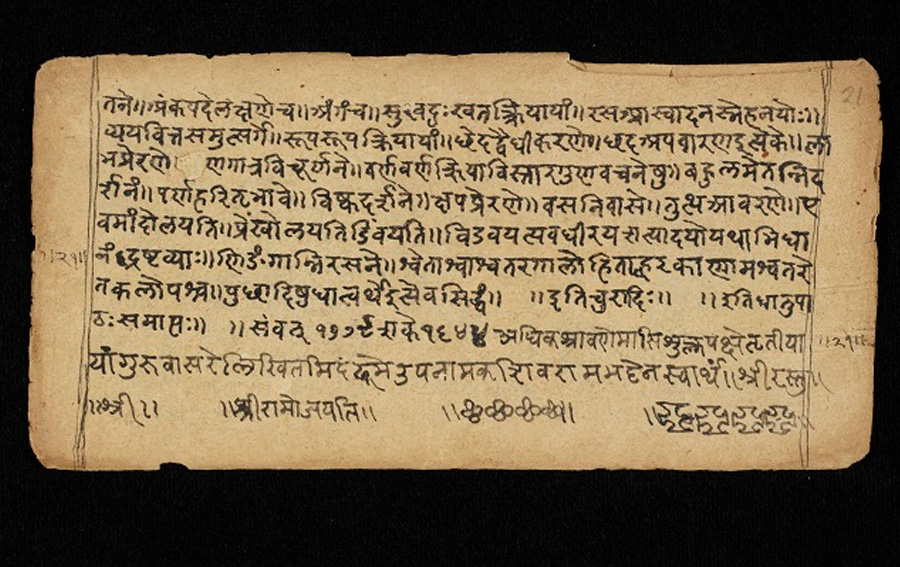Ancient Sanskrit Breakthrough - ATLANTIS RISING THE RESEARCH REPORT (original) (raw)

A grammatical problem that has defeated Sanskrit scholars since the 5th century BC has finally been solved by an Indian PhD student at St John’s College. Rishi Rajpopa made the breakthrough by decoding a rule taught by ‘the father of linguistics’, Pāṇini.
The discovery makes it possible to ‘derive’ any Sanskrit word – to construct millions of grammatically correct words including ‘mantra’ and ‘guru’ – using Pāṇini’s revered ‘language machine’ which is widely considered to be one of the great intellectual achievements in history.
Leading Sanskrit experts have described Rajpopat’s discovery as ‘revolutionary’ and it could now mean that Pāṇini’s grammar can be taught to computers for the first time.
While researching his Ph.D., Dr Rajpopat decoded a 2,500-year-old algorithm which makes it possible, for the first time, to accurately use Pāṇini’s ‘language machine’ (https://www.repository.cam.ac.uk/handle/1810/332654).
Pāṇini’s system – 4,000 rules detailed in his greatest work, the Aṣṭādhyāyī, which is thought to have been written around 500 BC – is meant to work like a machine. Feed in the base and suffix of a word and it should turn them into grammatically correct words and sentences through a step-by-step process.
Until now, however, there has been a big problem. Often, two or more of Pāṇini’s rules are simultaneously applicable at the same step leaving scholars to agonize over which one to choose.
Solving so-called ‘rule conflicts’, which affect millions of Sanskrit words including certain forms of ‘mantra’ and ‘guru’, requires an algorithm. Pāṇini taught a metarule to help us decide which rule should be applied in the event of ‘rule conflict’ but for the last 2,500 years, scholars have misinterpreted this metarule meaning that they often ended up with a grammatically incorrect result.
https://www.joh.cam.ac.uk/ancient-grammatical-puzzle-solved-after-2500-years

